Sea-Line® S1 PREMIUM guarantees obtaining a very high gloss on the surface in one-step polishing process.
| Weight | Code |
|---|---|
| 600 g | 10070 |
| 1,2 kg | 10068 |
| 100 g x 12 pcs (display) | 12984 |
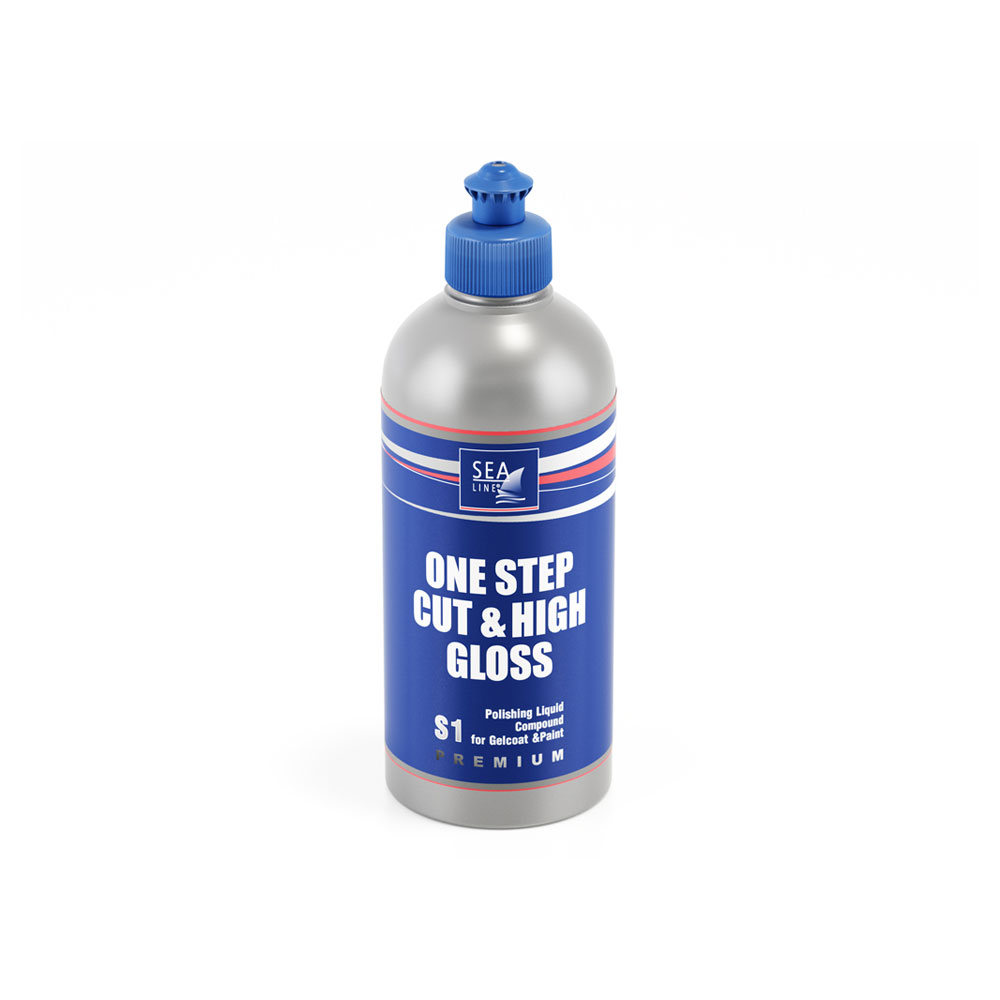
No silicone
S1 Premium Compound is designed for surfaces difficult to polish, such as varnishes (also polyurethane ones) plexi or polycarbonates and laminates. At the same time the used polishing grain gives a very high gloss and efficiently removes defects and grinding scratches after using sandpaper of gradation from P800. (in case of dark colours after using sandpaper of gradation <P1200).
The compound is provided in the form of liquid, it allows for a precise dosing of appropriate amount, depending on the type of the surface that is being polished.
| Surface | gelcoat, polyurethane paints and varnishes, plexi, polycarbonate | |||
| Function | removing defects from the surface gloss restoring | |||
| Consistency | liquid – creame paste | |||
| surface preparation * | mechanical grinding | manual grinding | ||
| light color | dark color | light color | dark color | |
| gelcoat | P800 ⇒ | P1200 ⇒ | P1200 ⇒ | P1500 ⇒ |
| polyurethane paint | P800 ⇒ | P1200 ⇒ | P1200 ⇒ | P1500 ⇒ |
| plexi, polycarbonate | P1500 ⇒ | P1500 ⇒ | P2000 ⇒ | P2000 ⇒ |
| high hardness surfaces | P1200 ⇒ | P1500 ⇒ | P1500 ⇒ | P2000 ⇒ |
* grinding paper minimal gradation
Clean the surface destined for polishing. If removing defects is necessary, polish the surface with sandpaper of the following gradation preliminary polishing: <P500
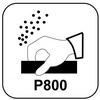
Polish the surface with sandpaper of final gradation : P800 →.
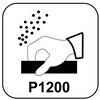
Dark colours or hard surfaces polish the surface with sandpaper of final gradation : P1200 →.
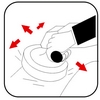
Clean the surface, apply the compound onto an element or head (wool or tough sponge)
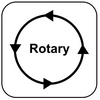
Apply the compound at minimum rotations on the whole surface that is being polished (800-1000 rotations/min) polishing until it changes colour and the compound changes its texture
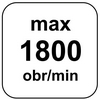
Slowly increase the speed max. to 1800 RPM working with a little pressure

Clean the surface. In order to protect the surface, it is recommended to use:
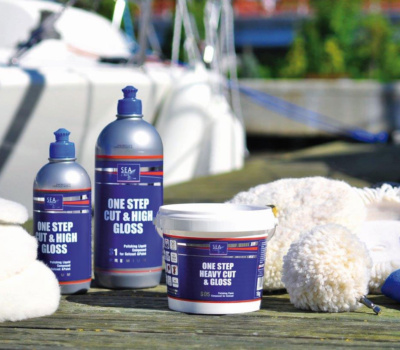
Polishing systems meet all stages of production, as well as during repair work, renovations or
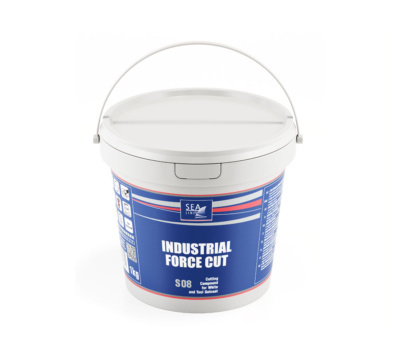
Primarily designed for the companies which produce goods or forms made of gelcoat or an
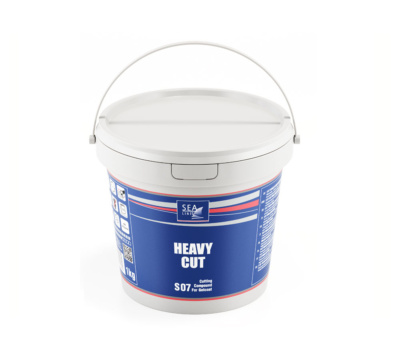
S07 Heavy Cut Sea-Line is specialistic polishing paste with a very high cutting force which
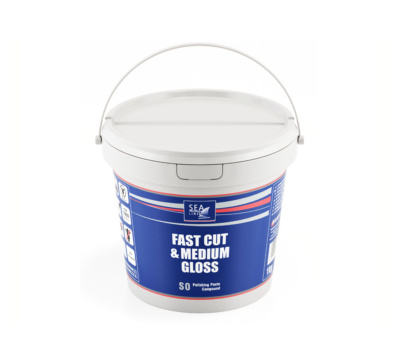
S0 polishing compound Sea-Line is a polishing paste is designed for professionals – manufacturers, shipyards
Sea-Line HARD and Sea-Line self-polishing antifouling are not intended for aluminum surfaces. They include copper oxide, which in contact with aluminum causes galvanic corrosion. Especially on aluminum, we offer ALU-PLUS self-polishing anti-fouling paint, which, in addition to excellent adhesion to aluminum, is also 30% more effective than traditional anti-fouling paints.